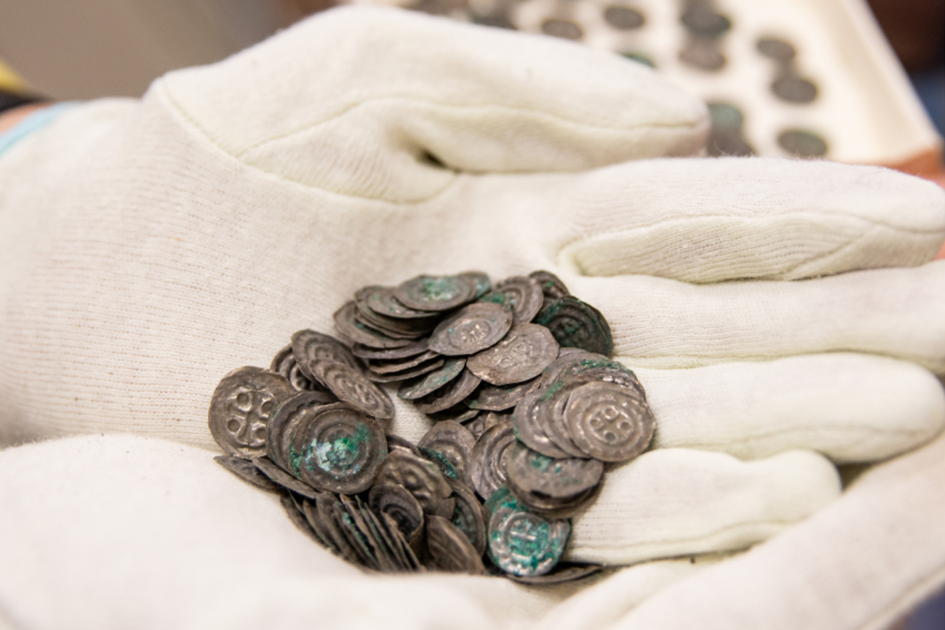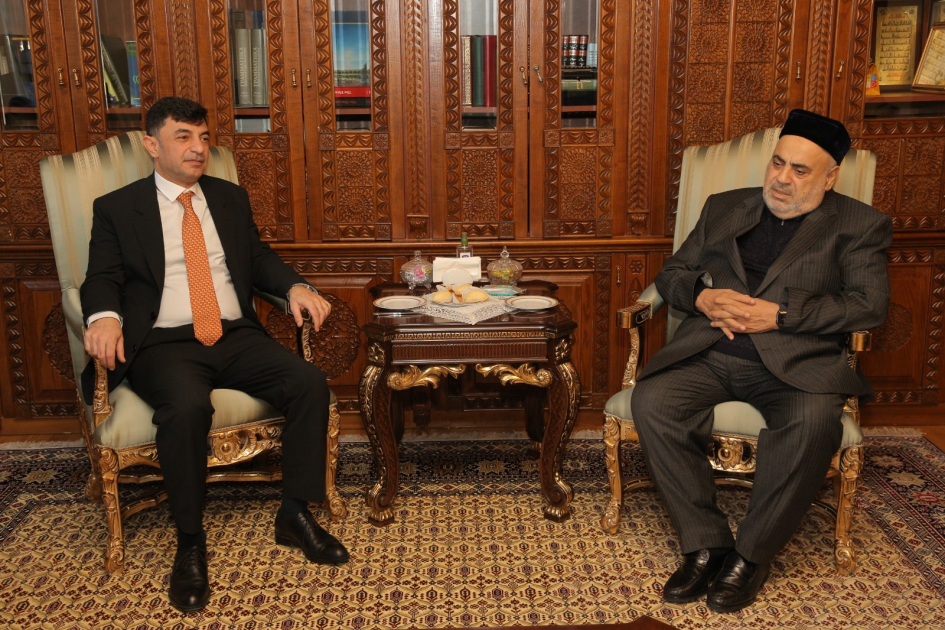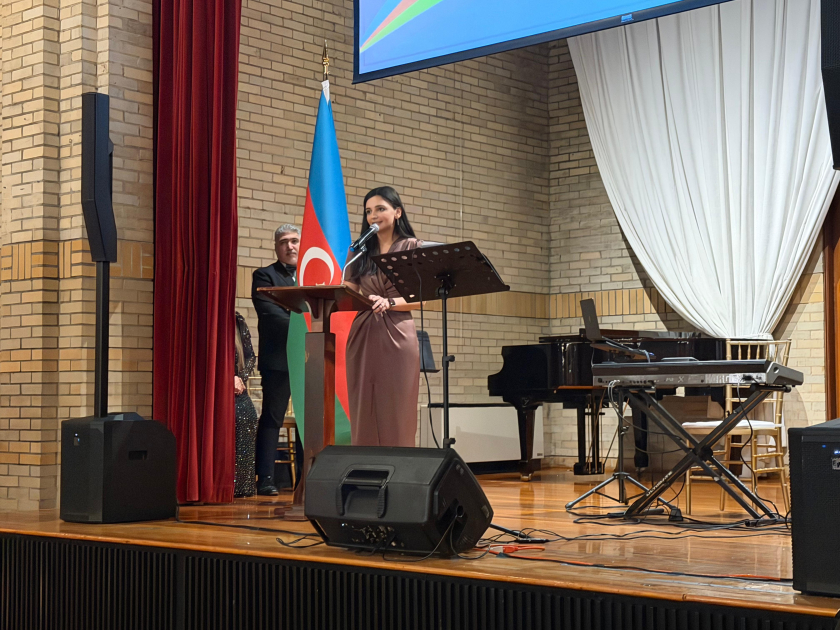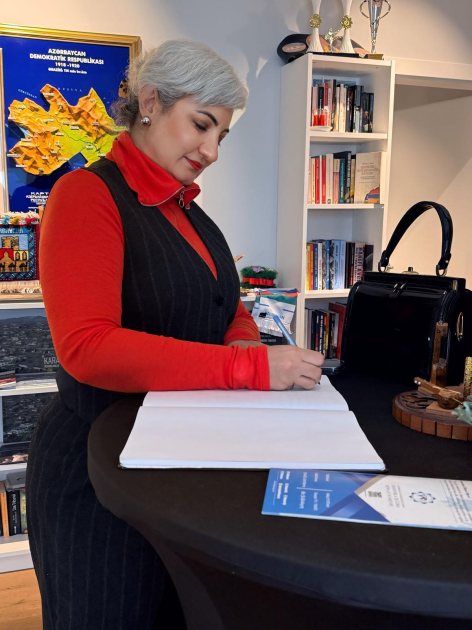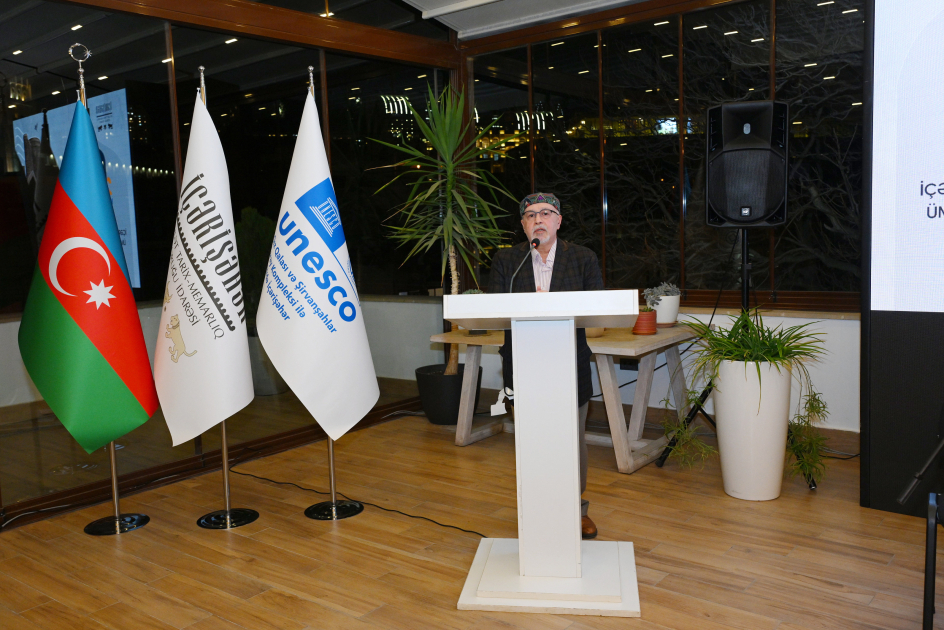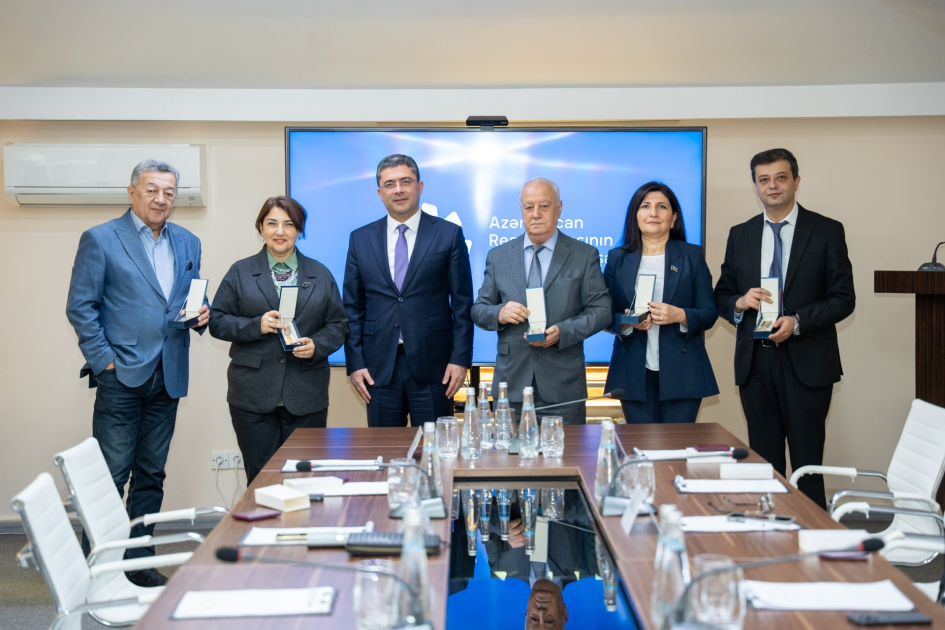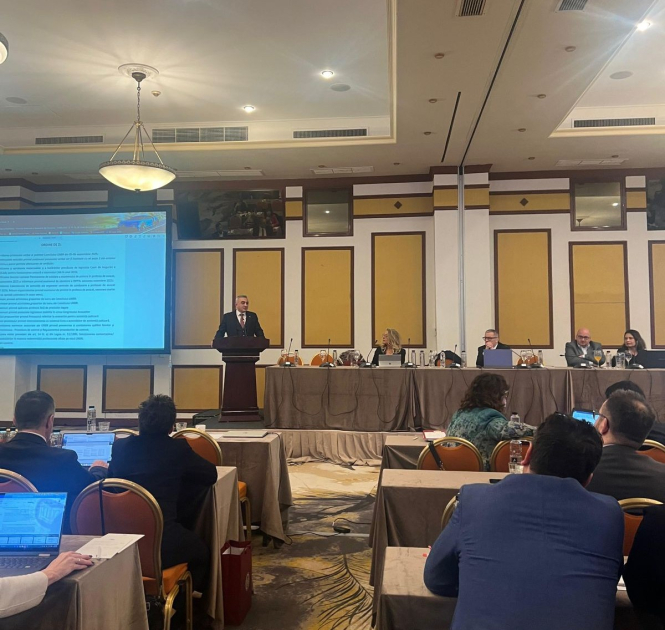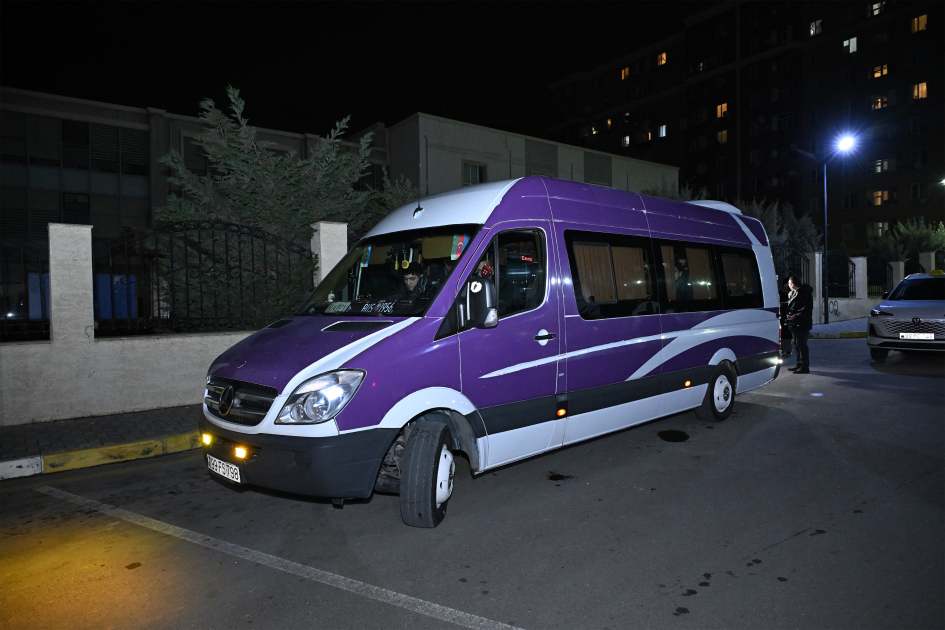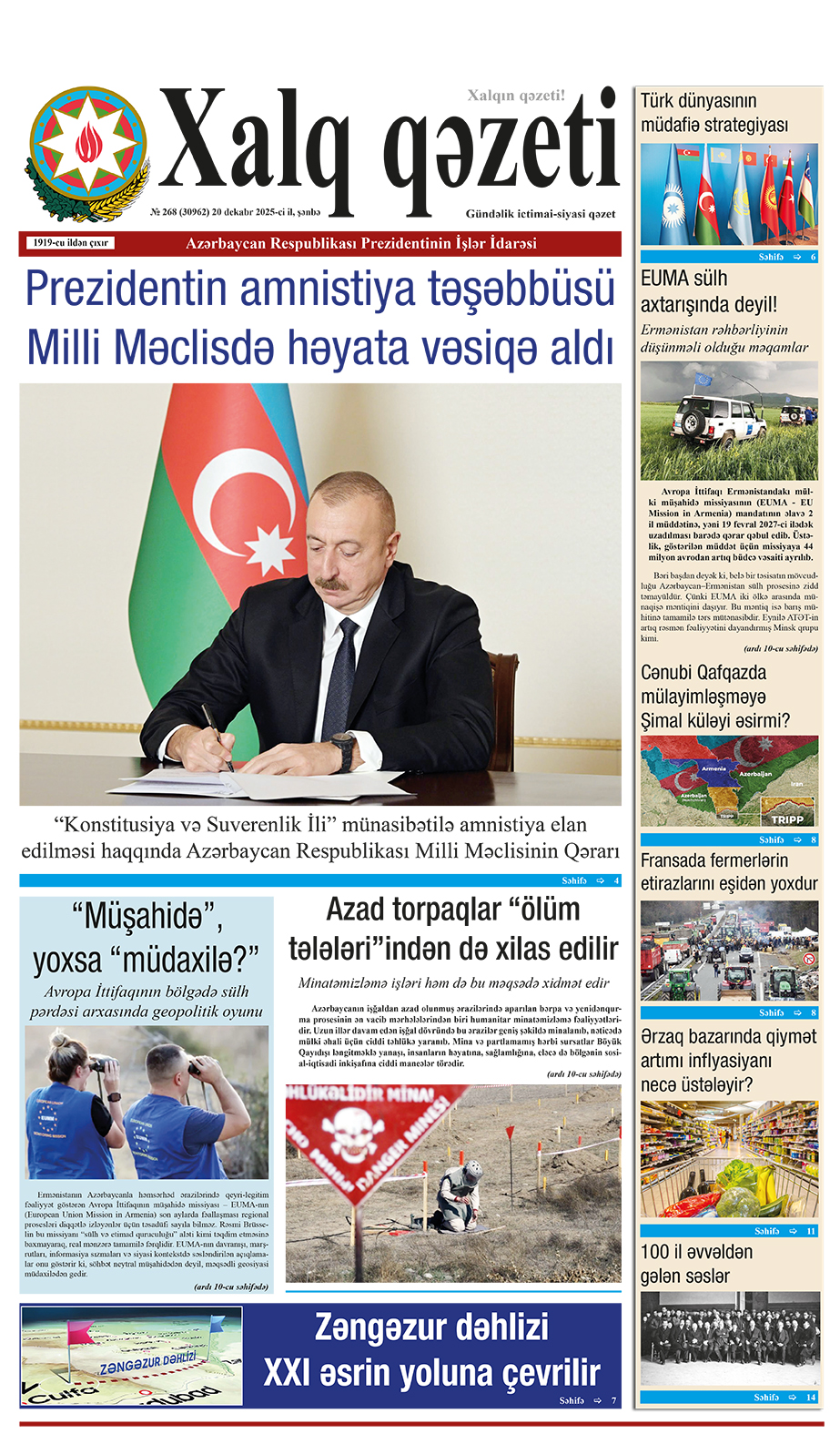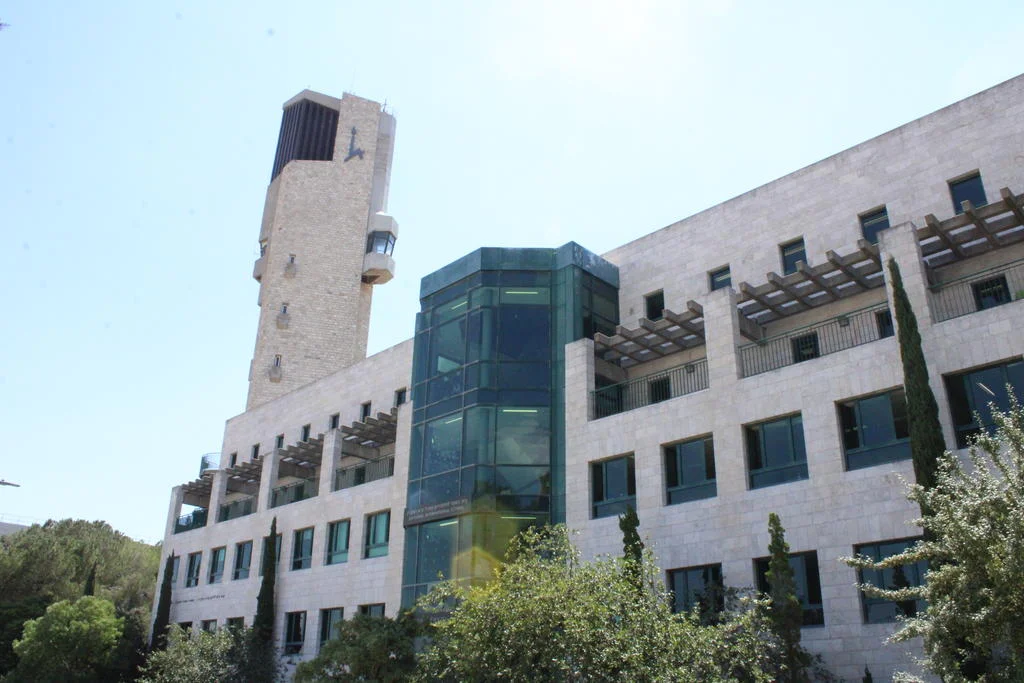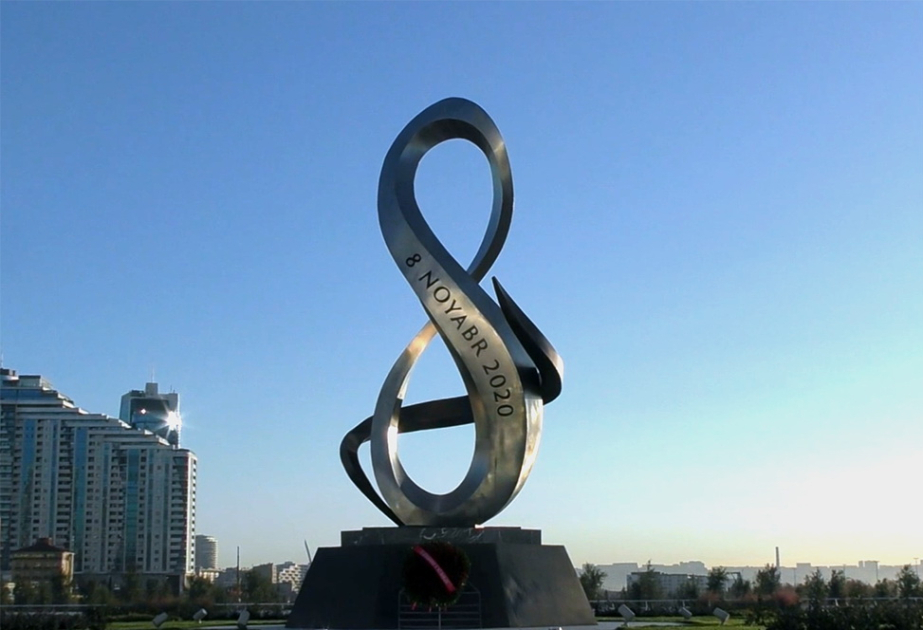Archaeologists from the Jönköping County Museum have uncovered a 12th-century grave during an archaeological excavation at Brahe Church on the Swedish island of Visingsö, according to Archeology News.
A team led by project manager Anna Ödéen stumbled upon the grave during monitoring work for a geothermal installation. Ödéen recounted the initial discovery: “On the very first day, my colleague Kristina Jansson and I found two skeletons in the trench where the cables were to be laid. We cleared the bones from the buried to get an idea of what the graves looked like. Suddenly, three silver coins emerged! Soon we realized that many more were lying closely beside the left foot of the buried.”
In total, 170 silver bracteates were found within the grave, dating back to the mid-12th century. These coin-shaped pieces of metal, are often used as jewelry. The coins are estimated to have been produced between 1150 and 1180.
The significance of the discovery is not lost on experts. Eeva Jonsson of the Royal Coin Cabinet described it as “a completely sensational find that will change the early medieval coin history in Götaland and shed light on a period that is largely unknown.” The rarity of such discoveries, coupled with the enigmatic presence of coins in a Christian grave, has piqued the interest of historians and archaeologists.
Indeed, the presence of the coins in a Christian burial site challenges conventional beliefs about burial customs during the medieval period. “Finds in Christian graves are rare,” stated Ödéen. “The custom belongs to prehistoric times, making the Visingsö find unique.” The discovery raises questions about why the individual, believed to be in his twenties at the time of death, was buried with such a substantial hoard of coins.
Kenneth Jonsson, a numismatics expert, is currently undertaking a detailed analysis of the coin collection, including a handful of two-sided Gotland coins. This analysis is expected to provide further information about the historical and cultural significance of the find.
While the discovery has captured the imagination of scholars and the public alike, many questions remain unanswered. The Jönköping County Museum’s archaeologists are hopeful that further examination of the site and artifacts will yield additional clues about the individual buried with the coins and the circumstances surrounding their interment.
The coins will be temporarily displayed at the Jönköping County Museum for a few days before being sent for conservation work.


